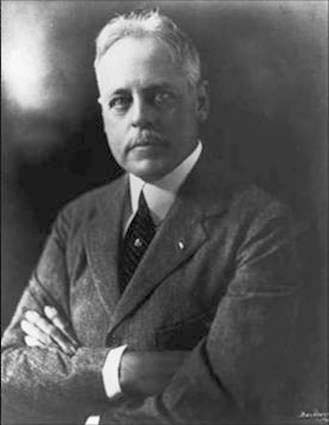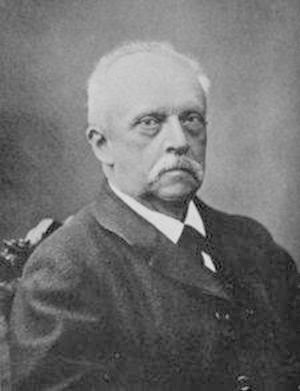William Holland Wilmer Ophthalmology Collection
William Holland Wilmer influenced military ophthalmology through his research and his patient care. The son of a Protestant Episcopal Bishop, he earned his MD at the University of Virginia in 1885, interned at Mount Sinai, and began practice in Washington in 1899. He also maintained a professorship at Georgetown University beginning in 1917 and managed a broad practice in the mid-Atlantic region.
Wilmer made notable contributions to military ophthalmology and to aviation medicine, pioneering the establishment of visual requirements and ocular conditions for aviators. His leadership of the Medical Research Laboratory at Mineola, Long Island (1917) placed him at the forefront of training for flight surgeons and in the classification of pilot candidates as they used novel devices and instruments to simulate high-altitude conditions. He pioneered efforts to produce oxygen delivery systems to pilots. His Air Service Medical Manual (1918) was the first US volume dedicated to medical aspects of military pilot selection. He directed the medical research unit of the American Expeditionary Forces 3rd Aviation Training Center at Issoudun in 1918. Earlier, he had patented military eye protection devices for attachment to combat helmets and took as his inspiration medieval armor in the collection of the Metropolitan Museum of Art.
An avid collector of books and instruments relating to ophthalmology, near the end of his life Wilmer sent his books to the eponymous Wilmer Eye Institute at Johns Hopkins and arranged for the donation of his instruments to the Army Medical Museum (now the National Museum of Health and Medicine of the AFIP). In this display case are some of these instruments and related materials.
The Helmholtz Ophthalmoscopes
 These instruments were collected by Wilmer and illustrate the inventiveness of Hermann Helmholtz, the German physiologist and author of the first Handbook of Physiological Optics. Although Charles Babbage’s 1847 instrument may be the first ophthalmoscope, Babbage did not pursue its use. Helmholtz’s independent invention in 1851 of the “indirect ophthalmoscope” is generally credited as the first useful ophthalmoscope and its variants were used regularly into the 1920s.
These instruments were collected by Wilmer and illustrate the inventiveness of Hermann Helmholtz, the German physiologist and author of the first Handbook of Physiological Optics. Although Charles Babbage’s 1847 instrument may be the first ophthalmoscope, Babbage did not pursue its use. Helmholtz’s independent invention in 1851 of the “indirect ophthalmoscope” is generally credited as the first useful ophthalmoscope and its variants were used regularly into the 1920s.
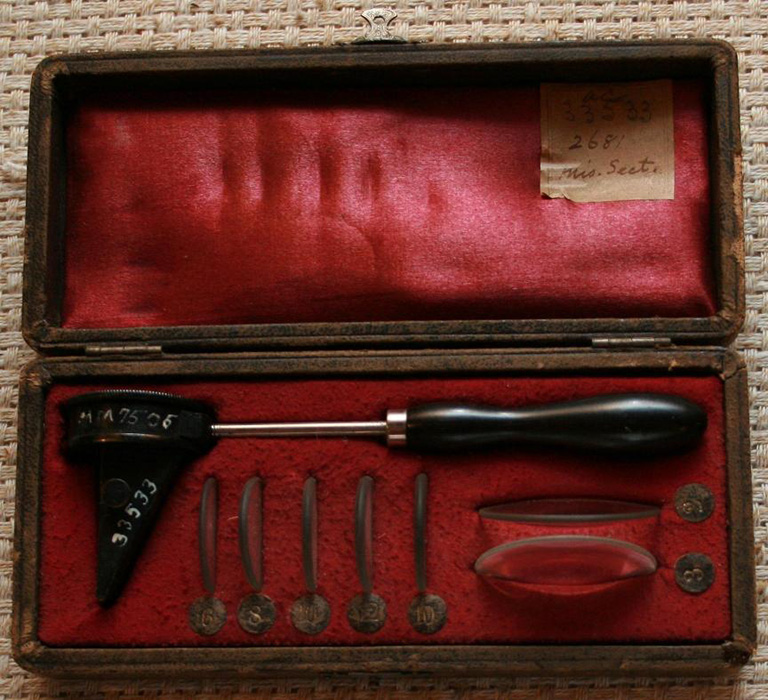 Helmholtz's Ophthalmoscope (Model of 1851)
Helmholtz's Ophthalmoscope (Model of 1851)
Manufactured by J. Odelga, instrument maker in
Vienna, Austria.
M-104 00332
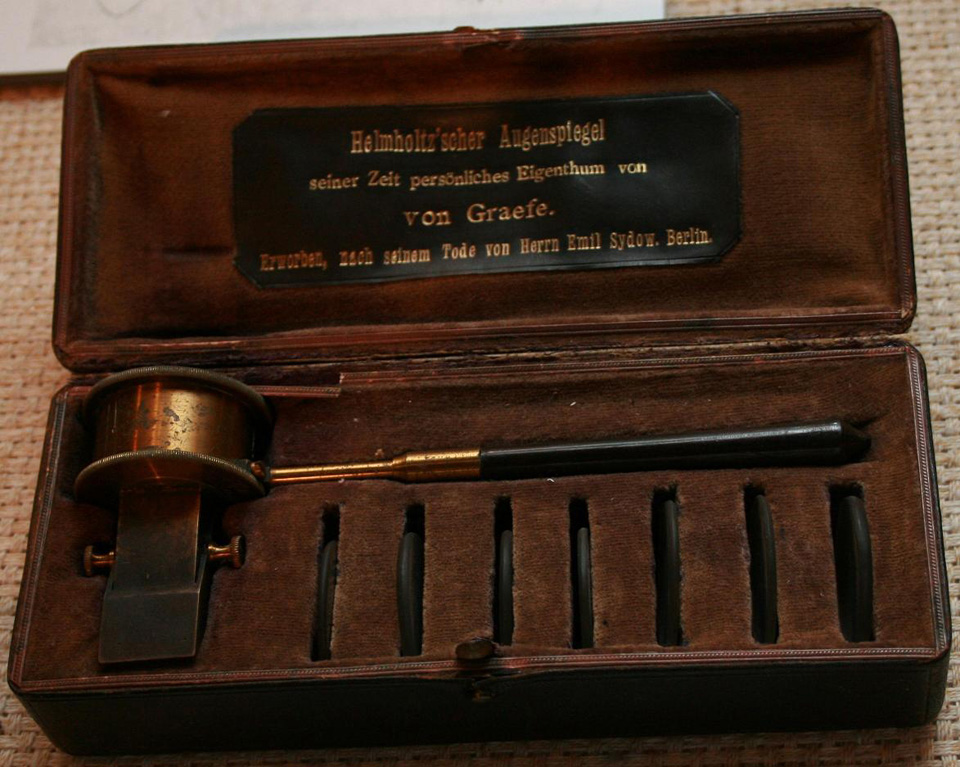 Helmholtz's Ophthalmoscope (Original Model of 1852)
Helmholtz's Ophthalmoscope (Original Model of 1852)
The German ophthalmologist Friedrich Wilhelm Ernst Albrecht von Graefe owned and used this 1852 instrument in his own practice. It was constructed by Emil Sydow, instrument maker in Berlin.
M-104 00393
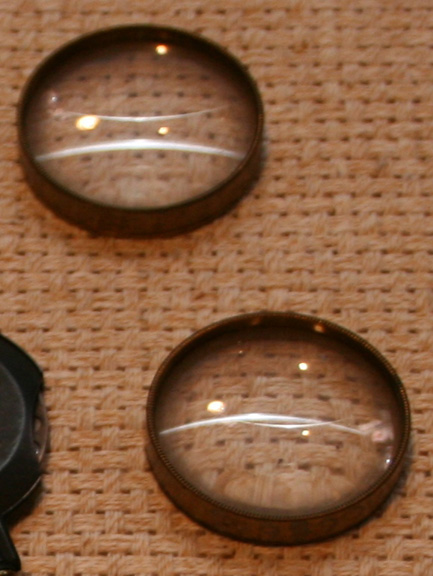 The other instruments in this case were collected or used by Wilmer in his successful surgical practices in Washington and Baltimore. He had prescribed eyeglasses for every president from Grover Cleveland through Franklin Roosevelt and treated many wealthy and prominent individuals from around the world. Such grateful patients funded the creation of the Wilmer Eye Institute at Johns Hopkins in 1925.
The other instruments in this case were collected or used by Wilmer in his successful surgical practices in Washington and Baltimore. He had prescribed eyeglasses for every president from Grover Cleveland through Franklin Roosevelt and treated many wealthy and prominent individuals from around the world. Such grateful patients funded the creation of the Wilmer Eye Institute at Johns Hopkins in 1925.
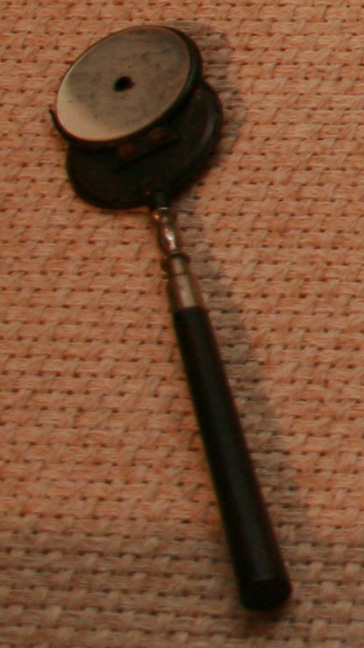 Knapp Ophthalmoscope (3rd Model) ca. 1875
Knapp Ophthalmoscope (3rd Model) ca. 1875
Manufacturer: S. Maw & Sons, London.
M-104 00268
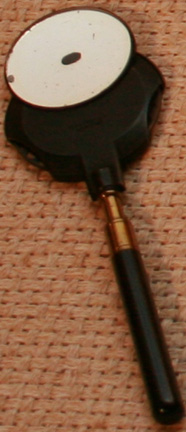 Gower's (Modified By Nettleship) Ophthalmoscope ca. 1890
Gower's (Modified By Nettleship) Ophthalmoscope ca. 1890
Manufacturer: Pillischer, London.
M-104 00262
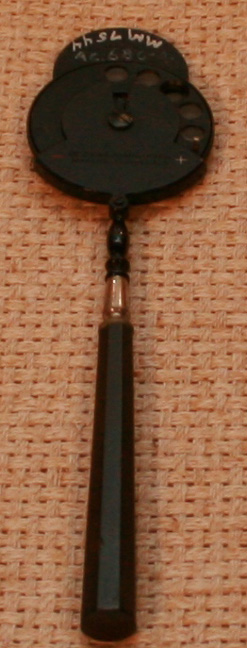 Loring's Ophthalmoscope ca. 1905
Loring's Ophthalmoscope ca. 1905
Manufacturer: Dezeng Standard Co., Camden, New Jersey.
M-104 00263
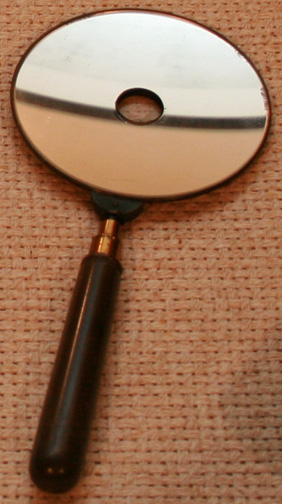 Ophthalmoscope ca. 1900
Ophthalmoscope ca. 1900
Instrument constructed along the line of a Follin-Nachet Simple Ophthalmoscope for William Wilmer.
M-104 00264
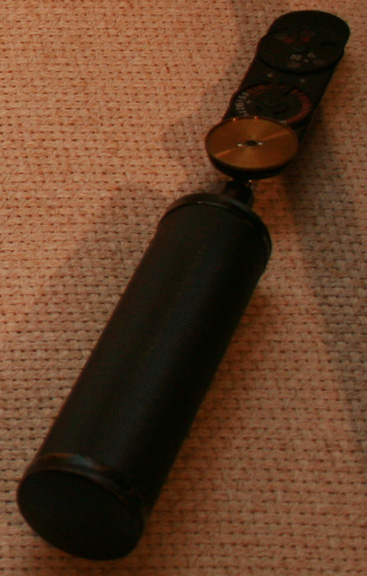 Morton-Marple Ophthalmoscope ca. 1911
Morton-Marple Ophthalmoscope ca. 1911
Manufacturer: Dezeng Standard Co., Camden, New Jersey.
M-104 00194
 Subject undergoing depth perception testing at Medical Research Laboratory, Air Service Medical Manual, 1918
Subject undergoing depth perception testing at Medical Research Laboratory, Air Service Medical Manual, 1918
 Subject undergoing “rotation test” in Barany Chair, Medical Research Laboratory, 1919 Air Service Medical Manual, 1918
Subject undergoing “rotation test” in Barany Chair, Medical Research Laboratory, 1919 Air Service Medical Manual, 1918
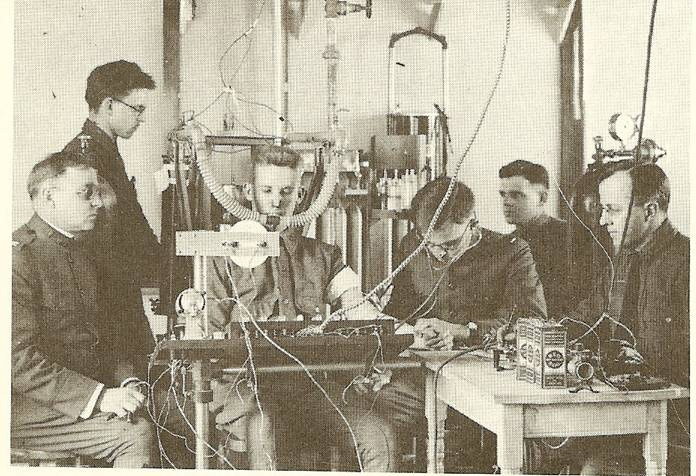 Subject performing motor skills task while using Henderson Pierce Rebreather hypoxia apparatus, Medical Research Laboratory at Mineola, Long Island, 1918
Subject performing motor skills task while using Henderson Pierce Rebreather hypoxia apparatus, Medical Research Laboratory at Mineola, Long Island, 1918
Air Service Medical Manual, 1918
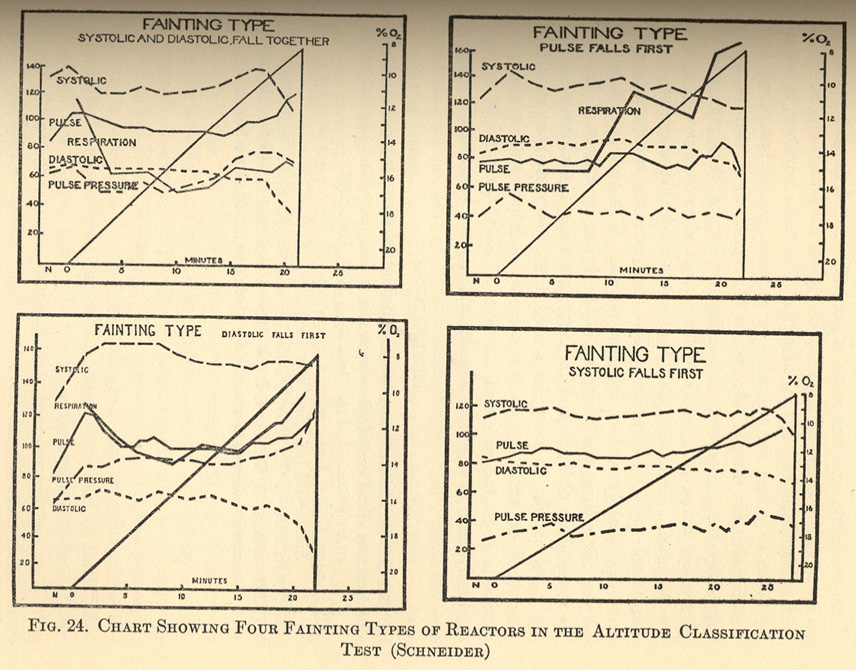 Subject performing motor skills task while using Henderson Pierce Rebreather hypoxia apparatus, Medical Research Laboratory at Mineola, Long Island, 1918
Subject performing motor skills task while using Henderson Pierce Rebreather hypoxia apparatus, Medical Research Laboratory at Mineola, Long Island, 1918
Air Service Medical Manual, 1918



